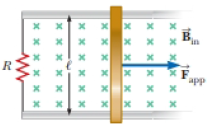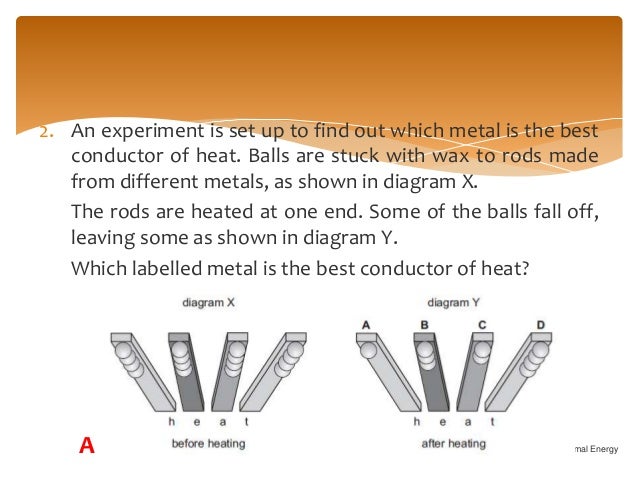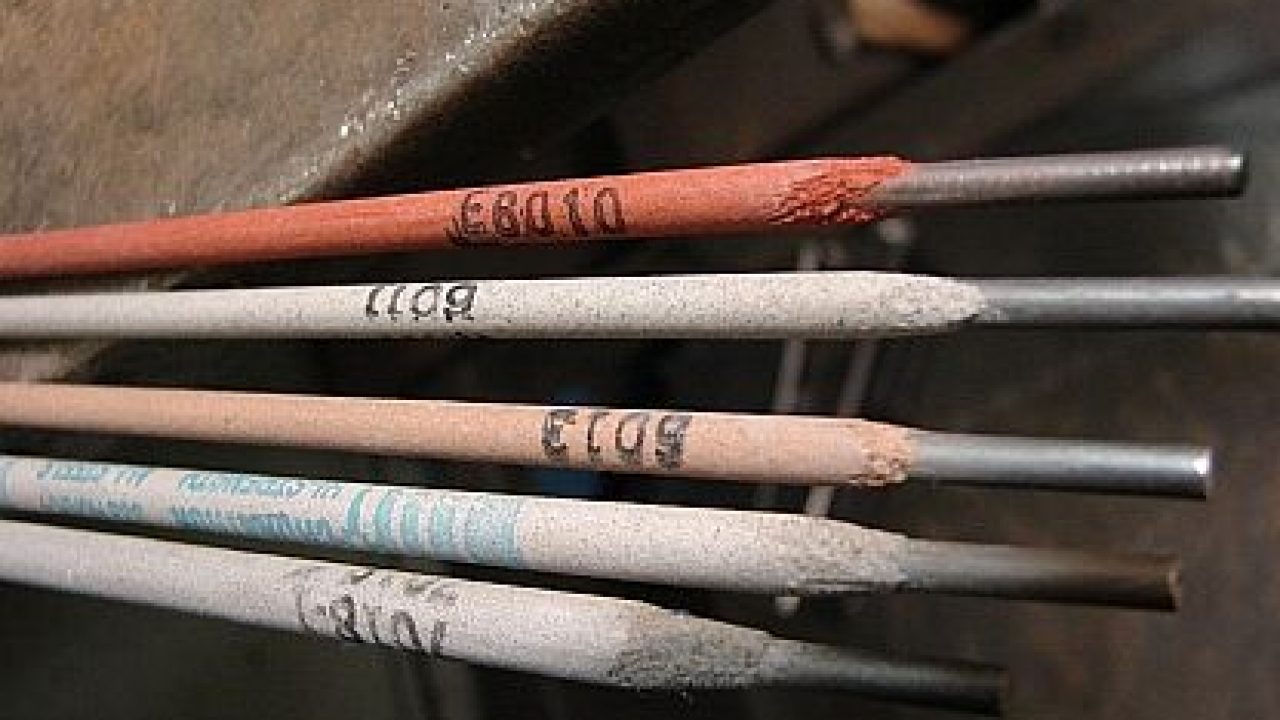Long Thin Metal Rod Of Well Known Length In The Thermal Contact With The Environment

Aluminium k 1 205 w m k.
Long thin metal rod of well known length in the thermal contact with the environment. What is the change in length of a metal rod with an original length of 3 m a coefficient of thermal expansion 0 00002 c and a temperature change of 24 c. The characteristic diffusion length l t for these materials is 1 3 cm in 60 s. In which d is the diffusivity t is time and t and m refer to thermal or mass transport respectively 12 36 the magnitude of these properties varies widely among different materials. Thermal conductivity of metal rod.
0 2 to 2 lpm thermostat range. 12mm length of the mild steel rod l 2. 3 113 a very long rod of 5 mm diameter and uniform thermal conductivity k 25 w m k is subjected to a heat treatment process. Diameters of the each rod d.
25mm length of the bakelite rod l 3. 50 mm length of the aluminium rod l 1. B to determine the co efficient of thermal conductivity of the metal copper. In contrast to thermal transport the bulk.
0 350 c0 thermal conductivity of metal rods. In general thermal diffusion rates are relatively uniform for metal oxides. What is the change in length of a metal rod with an original length of 2 m a coefficient of thermal expansion of 0 00002. A to measure the temperature gradient along the length of the metal copper rod.
For example holding it 1 4 of its length from one end allows the 2nd harmonic 4 52 khz while suppressing the others 1 6 will produce the 3rd 6 78 khz 1 8. 20mm water flow meter. 1 thermal conductivity of a metal rod aim of the experiment. A metal rod of length 2l diameter d and thermal conductivity k is inserted into a perfectly insulating wall exposing one half of its length to airstream that is of temperature t and provides a convective heat transfer coefficient hat the surface of the rod.
Conduction is a process of heat transfer through solids. As with a pipe open at both ends the rod will vibrate at all the odd as well as even harmonics one need only change the holding position which will force a node at that location.


















